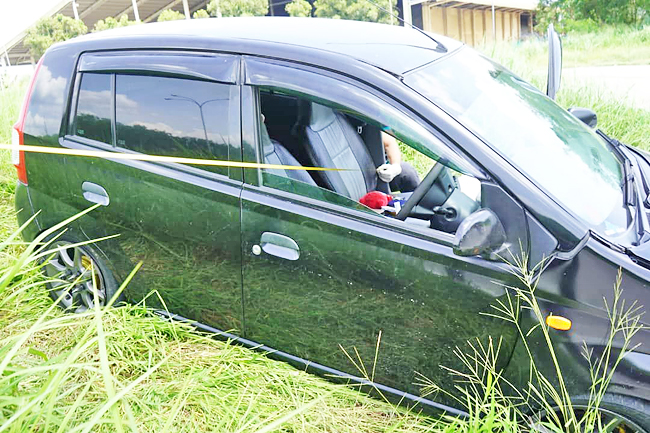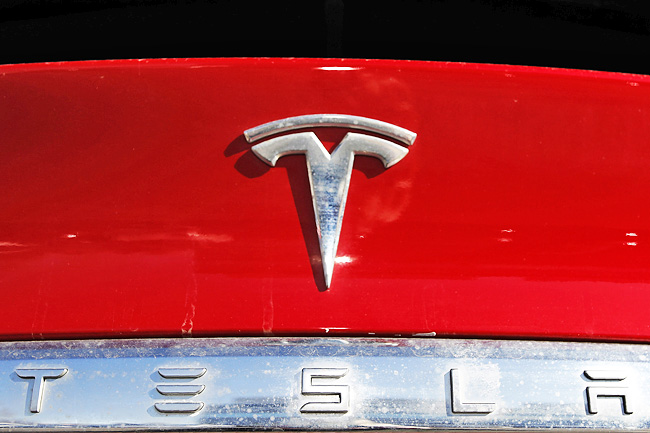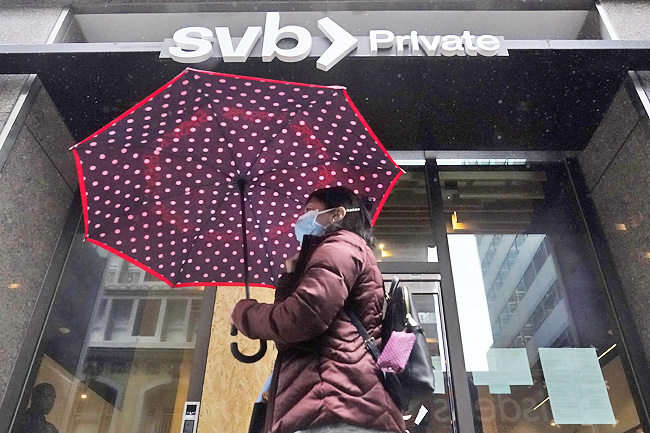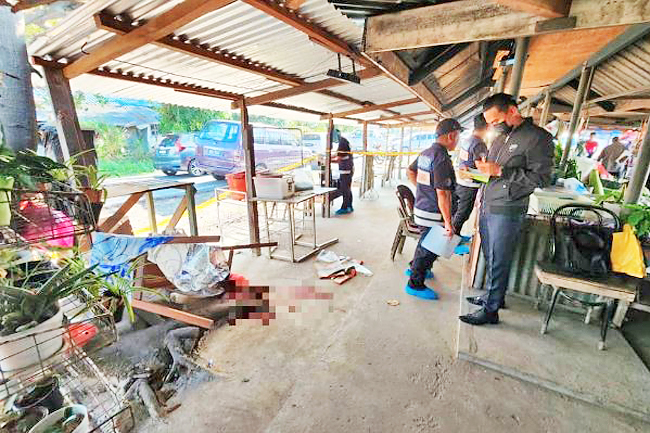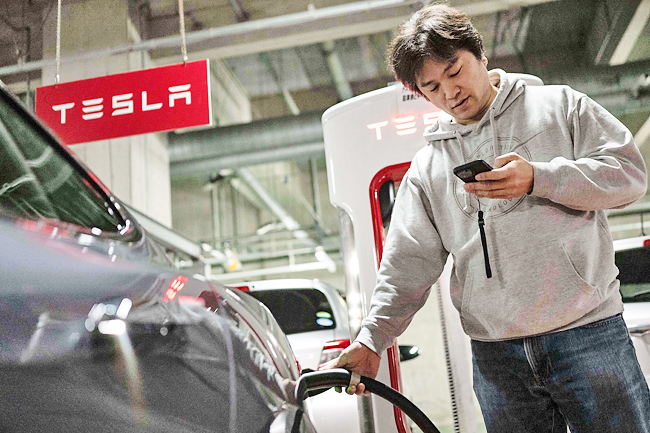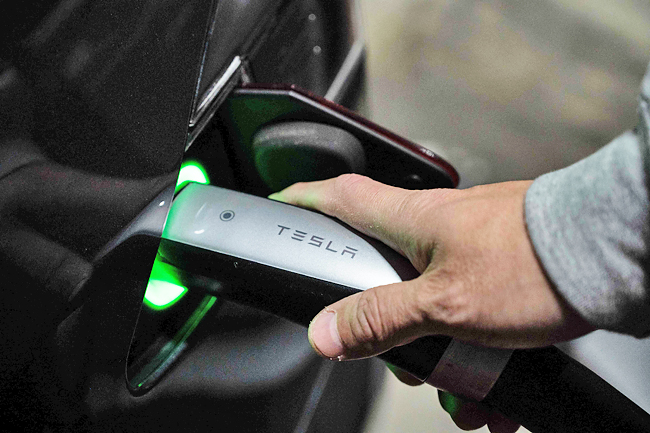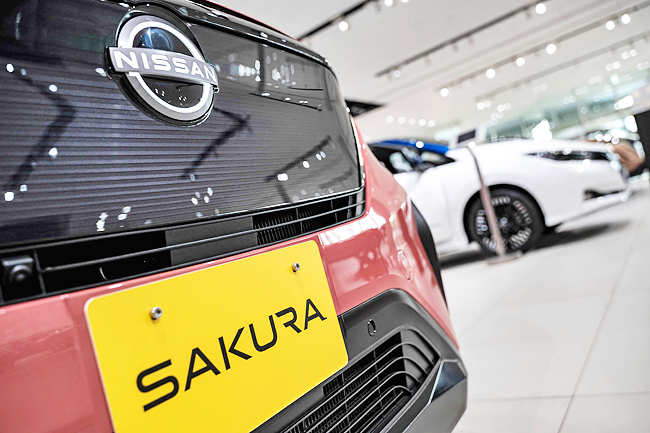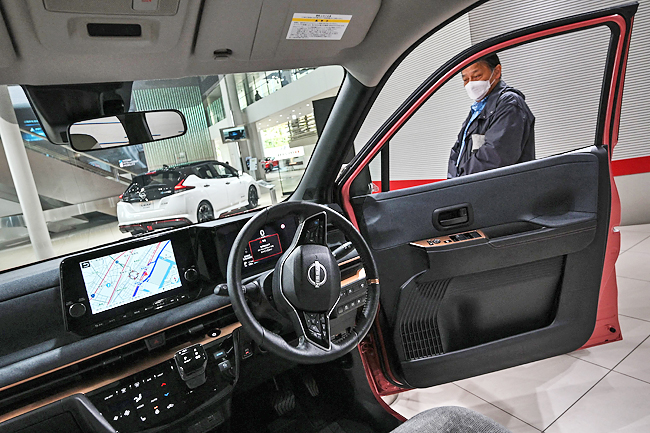Rokiah Mahmud
Towards the effort of further enhancing knowledge about mental health, a regional seminar was organised by the Religious Teachers University College of Seri Begawan (KUPU SB), carrying the theme ‘Mental Health towards the Well-being of Ummah’.
At the one-day seminar, State Mufti Pehin Datu Seri Maharaja Dato Paduka Seri Setia (Dr) Ustaz Haji Awang Abdul Aziz bin Juned delivered a premier paper based on the theme.
According to the State Mufti, mental illness is defined as a disorder that can cause changes in thinking, feeling, and behaviour. In referring to World Health Organization (WHO) reports, mental illness is among top five major leading causes of disability across the globe.
The State Mufti noted that there are different types of mental illnesses such as neurosis and psychosis.
For neurosis, individuals experience disturbances in thinking, feeling and behaviour without losing their sanity. Examples of a neurotic disorder include depression, which is an overwhelming and prolonged feeling that is difficult to bear; and anxiety that is characterised by feelings of worry, restlessness and the feeling of uneasiness that leads to pressure, tension, sweating, palpitations and extreme fear of unknown danger.
Meanwhile, psychosis refers to the experience of significant changes in thinking, feeling, and behaviour that affect one’s sanity. Examples of a psychotic disorder include confusion and hearing voices, which is also known as hallucination. A person, who suffers from the illness also has strange beliefs that cause extreme reactions, such as believing that someone wants to harm or do evil upon them, which causes them to retaliate.
In addition, the patient also may talk non-sense or to themselves, laugh, or get angry without reason and, which may sever interpersonal relationships.

The State Mufti added that the exact cause of mental illness is unknown. However, there are several factors that are believed to contribute to the development of a mental illness, including hereditary factor as a family history of mental illness can increase the risk; chemical imbalance or dysfunction in the brain leading to the manifestation of mental illness symptoms; traumatic life experience, such as difficult childbirth, loss of a parent at a young age, frequent and severe challenges in life, poverty, and domestic violence.
The State Mufti noted that mental illness is treatable and curable because Allah the Almighty provides a cure to every disease and commanded seeking treatment.
The State Mufti also said that medicine is available to treat mental illness. In addition to psychotropic drugs and counselling, psychotherapy, cognitive therapy, group and family therapy, occupational therapy and psycho-social rehabilitation are also effective in treating mental ilnesses.
Hospitals and clinics usually have trained personnel treat for those who experience mental health issues, while psychiatrists are ready to handle complex cases.
The global burden of mental health has been increasing in recent years, the State Mufti noted, adding that in 2021, 1,515 individuals were diagnosed with anxiety disorder and over 900 individuals experienced depressive symptoms.
The State Mufti said the COVID-19 pandemic resulted in an increase in mental stress, anxiety and depression. It is estimated that one in four individuals experienced mental health issues during the first year of the pandemic.
“We are no longer in the first year of the pandemic. So, what is the estimated rate of depression now? This can be explained by the health authorities.”
The State Mufti also said that apart from the pandemic, the world is also constantly hit by disasters such as earthquakes, floods, hurricanes, volcanic eruptions and wars, as well as political and economic upheavals. All of these have the potential to create symptoms of depression and other mental illnesses.
“We do not reject therapy or medicine, but believe mental illness is rooted from our hearts.
“Many do not realise that mental illness treatments can be found in Zikir, Al-Quran and prayer. Prayer is inseparable from the Al-Quran, both of which serve as therapy for all diseases, including mental illnesses.”
The State Mufti said that it is unfortunate that those who came up with treatments outside of Islam do not consider alternative, as they do not based their approaches on Al-Quran and Hadith. Therefore, he said, it is necessary for Muslim experts to devise a way to introduce divine therapies such as Al-Quran verses, ruqyah Nabawiyah, and prayers in our health centres and clinics as primary or at least supportive treatments to existing therapies.
“We should not underestimate the importance of mental health. Even before the 2019 pandemic, it was estimated that one in eight people worldwide lived with mental disorder. Due to COVID-19, a more chronic global mental health crisis has arisen, involving millions of people,” said the State Mufti.
“Statistics have shown that there was a 25-per-cent increase in depression during the first year of the pandemic alone, as per the latest data released by the WHO. According to its Director-General Dr Tedros Adhanom, these findings may only represent a small fraction of the actual cases of depression that have yet to be identified.”

